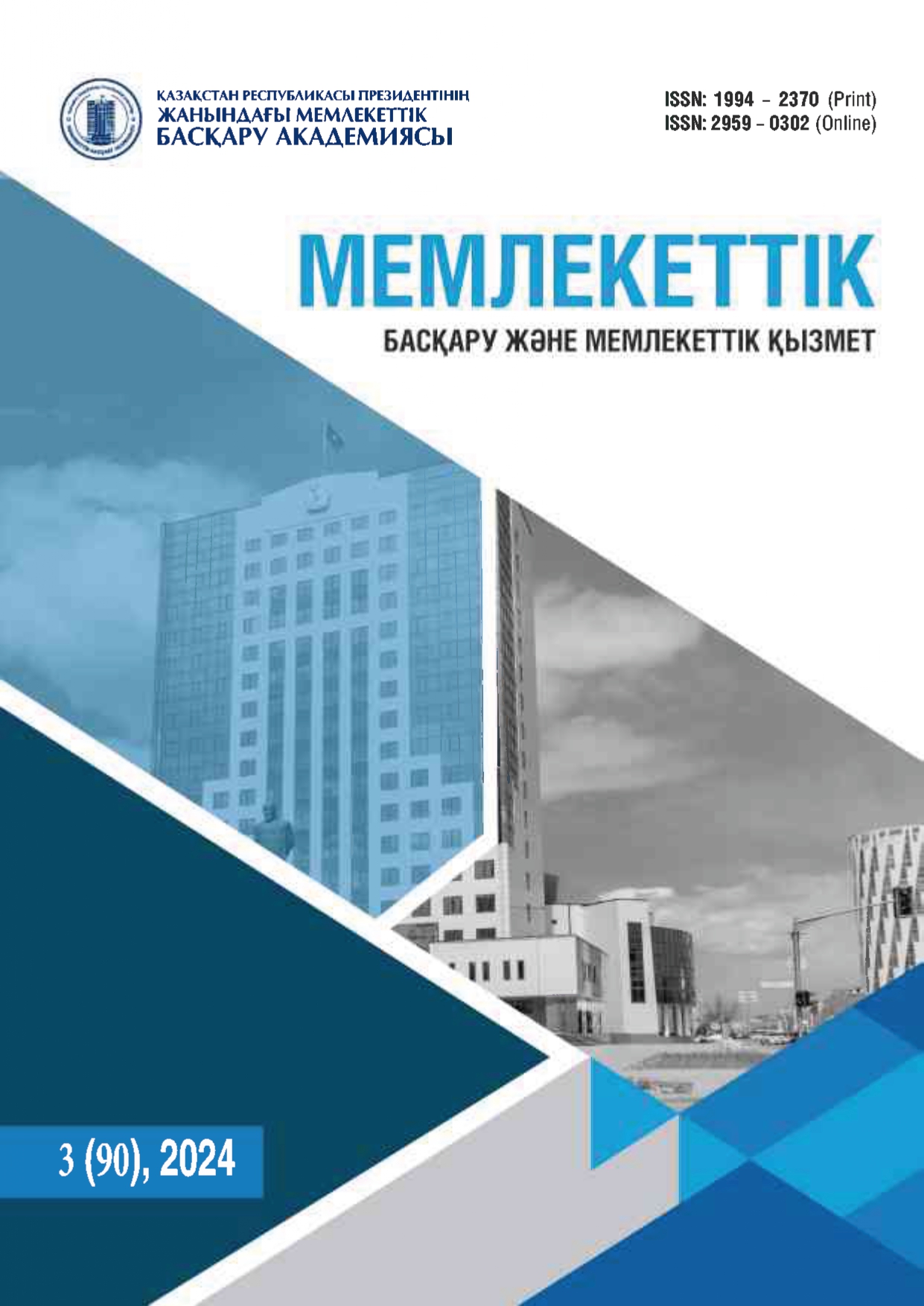Afghanistan's Political Change and the Belt and Road Initiative: a brief overview
DOI:
https://doi.org/10.52123/1994-2370-2024-1231Keywords:
Afghanistan, Political Change, Belt and Road Initiative, Geopolitics, Infrastructure Development, Economic Dynamics, Regional CooperationAbstract
This article explores the intricate relationship between Afghanistan's evolving political landscape and the ambitious Belt and Road Initiative (BRI). Situated at the crossroads of geopolitical complexities, Afghanistan has undergone enduring political transformations, prompting a critical review of its international role. As the nation grapples with transformative political journeys, this study scrutinizes the interplay between internal changes and the broader goals of the BRI. Initiated by China, the BRI represents an unprecedented effort in global connectivity and economic cooperation. The article outlines the dynamics of Afghanistan's political scenario and its potential impact on the BRI, revealing the complex relationship between political changes and the future trajectory of this ambitious initiative within Afghanistan's borders. Central to this exploration is the Belt and Road Initiative, a historic initiative spanning continents with the aim to reshape global trade patterns and strengthen economic cooperation. Originating from China, the BRI vision goes beyond infrastructure development, encompassing diplomatic, economic, and cultural dimensions. Understanding the goals and mechanisms of the BRI is fundamental to assessing how Afghanistan's political transformation might align with this transformative initiative. This article aims to dissect the point where Afghanistan's political trajectory converges with the aspirations of the BRI. By detailing the complex interplay between these two dynamic forces, the study explores synergies, conflicts, and potential implications for Afghanistan's geopolitical position and the broader goals of the BRI.





